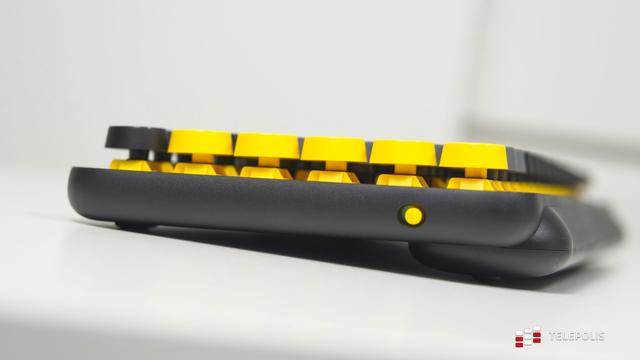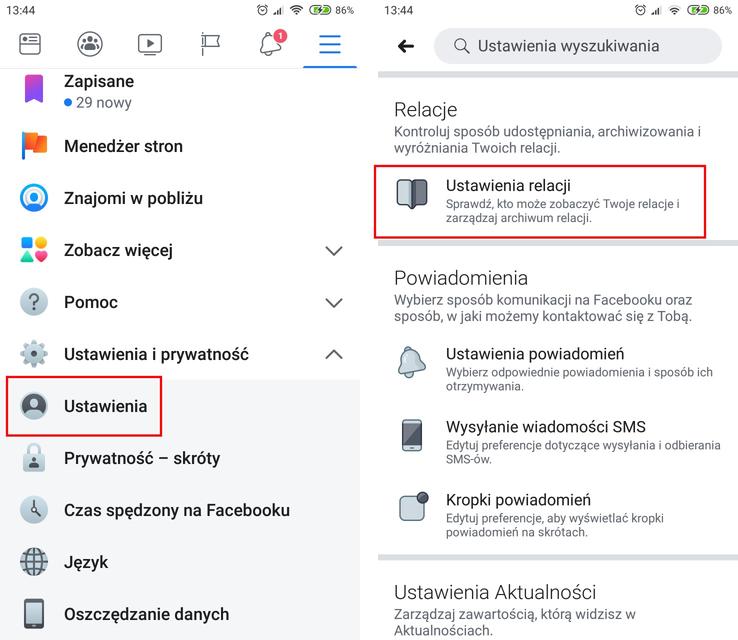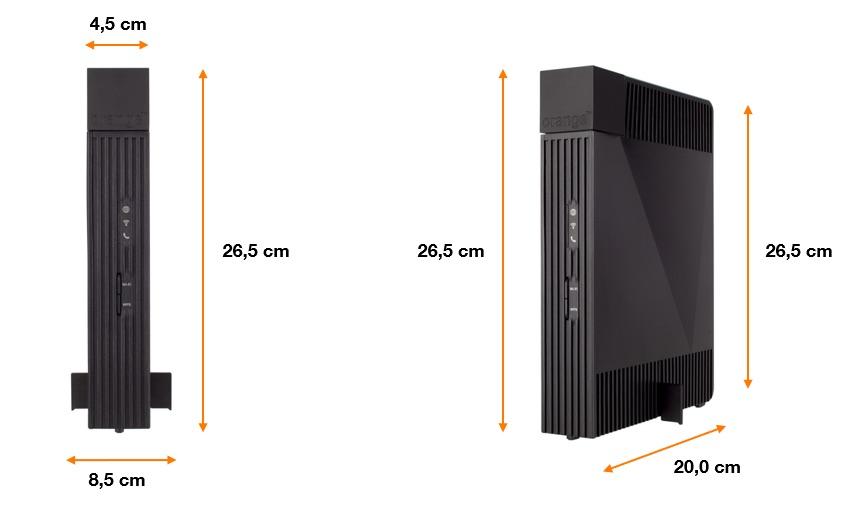Huawei has finally presented a system unlike any other: HarmonyOS. This system is supposed to work on everything and it is supposed to allow everything to be connected together in such a way that it will be completely transparent to us. A beautiful vision centered on Huawei smartphones, tablets and smartwatches.
We are entering an era where everything is connected. Even electrical outlets have their own processors and operating systems. At the same time, everything must communicate efficiently with the rest of the devices and save energy. Living in such a world may be comfortable, but difficult. Each vacuum cleaner, camera and lamp need to be connected to the phone, they have separate applications and their own problems. I am not surprised that less than 10% of smart device owners install applications for them at all, and less than 5% regularly use these applications. She blew some apps herself. Sometimes it's just faster to get up and push a button.
HarmonyOS: One as all, all as one
To minimize friction between devices, Huawei designed HarmonyOS. The system can work on a powerful tablet that will compete with the iPad Pro, and on a smart bulb. Of course, it will not have the same capabilities everywhere, but its base will run even on a device with 128 kB of RAM and ensure seamless cooperation with the rest of the ecosystem. The heart of the HarmonyOS network will be a "super device", which can be either a single phone or a watch linked to a TV and speaker. There are basically no restrictions here and you don't have to configure anything permanently.
HarmonyOS promises to be ultra-comfortable. Just the easy transfer of files between devices is a game worth the candle - they will simply be visible on all devices of the same owner. Huawei laptops are not excluded from this, because a special plug-in for communication with HarmonyOS has been created for Windows, allowing you to transfer files and running applications to your computer. Tablet, laptop and phone can all be one office, especially since the tablet can be an external screen for the laptop and add M Pencil support.
See: What devices will get HarmonyOS on June 2?

More fanciful applications that Huawei has presented are, for example, the multicam mode for recording videos. From your HarmonyOS phone, you can control your compatible drone, action camera, and other phone while recording or live streaming. Your home multimedia experience will also take a new dimension with the ability to transfer your viewing to your TV or use your audio devices with super ease. I really like this idea of not thinking about which speaker is connected to what, and how to switch the sound from the TV to headphones. Everything will be done with a few strokes in the HarmonyOS Control Panel application, controlling the entire system, installed on your phone, tablet or watch.
Applications for various home devices will also not need to be downloaded. We will handle all of them from HarmonyOS Connect - one program built into the system. Huawei showed several scenarios of using it. After establishing a connection with the oven, you will be able to use the built-in recipe, set the temperature in the refrigerator zones appropriate for the stored products, use the juicer to make a cocktail based on Huawei Health indications, and connect to the trainer on the TV during exercise and monitor everything. Cosmos? Maybe a little. Certainly, the use of machines will be completely different than today.
HarmonyOS with its own bus and clock
With HarmonyOS, Huawei has developed its own software stack as well as a bus that connects all devices. This is of course a virtual bus - in 2021 cables are out of fashion, so a software bus called DSoftbus is responsible for communication. Huawei does not inform about the technical details, but it is probably about the connection of Wi-Fi, Bluetooth and NFC (during the presentation you could see how users bring their phones closer to the oven, fridge and monitor). Probably the devices create their own virtual network, which is difficult to get to from the outside. Huawei mentioned the need to exchange private and public keys on connection. All communication is of course encrypted and Huawei took care of the appropriate certificates to confirm its security.
See: Huawei Watch 3 with Harmony OS in pictures
HarmonyOS is ready to handle multimedia streaming, including video calls and high-definition movies. This is quite a challenge, because the sound must be synchronized with the image, and the scenarios assume total independence of the speakers from the screens. That is why Huawei has designed an internal software clock for HarmonyOS that will be used by cooperating devices. There are also systems that reduce interference and prevent packet loss.
OpenHarmony for partners
In September, HarmonyOS was made available to partners who will now provide hardware and solutions. There are not many companies present in Europe on the list, but it's probably only a matter of time. We also don't know much about the availability of HarmonyOS outside of China and we have to be patient.
Developers can now poke around in the system and start building their applications. Huawei made sure that the same code could be run on every device, so it developed Atomic Services - small services that look like widgets from the user's side that provide basic functions and information. You can pin such a widget to the screen and keep a weather or calendar on it, create scenarios for various occasions and so on - it's obvious. Less obvious is that you don't need to install the entire app on each of your devices to use Atomic Services. In fact, you can even share the service with someone else, instead of pasting a link to the article in the chat window via messenger.
Huawei has completely dissolved the boundaries between devices with the Distributet Applications Framework. From the user's point of view, it ultimately does not matter what device the application is running on. A list of apps running everywhere else is to be available on the phone, tablet, computer and watch. At the same time, it will be possible to transfer them to some extent, for example, to finish the game from the phone on the tablet.
HarmonyOS will be faster than iOS after 3 years
What interested me most was the promise of amazing performance from HarmonyOS. The new software stack is supposed to be more energy-efficient and gentler on the phone's ROM. According to Huawei, the iPhone after three years performs operations on this memory even 30% slower than immediately after purchase, while HarmonyOS is to slow down only 4%. Whether this is true, we will see only in a few years. For now, I'm skeptical about these calculations, especially since there's a lot of Android underneath.
HarmonyOS also got mechanisms to ensure energy efficiency and separation of logic, which is to improve graphics rendering. Specifically, the DGraphicEngine engine is to work independently of the logic of other calculations, which will allow you to "dial" more frames per second. This also needs to be tested in practice, but it sounds promising.
Huawei seems confident. During the presentation, we got a list of devices waiting to be upgraded from Android to HarmonyOS. There are phones up to 3 years old. It is difficult to say how this process will go in Europe, but in China the time of using them will be significantly longer. The update goes hand in hand with additional maintenance services. In this regard, Huawei's policy is very impressive.
Do you want to be up to date? Follow us on Google NewsImage credit: Huawei (YouTube)
Text source: Huawei, Inc.
Tags:huaweiharmonyosharmonyos is android

